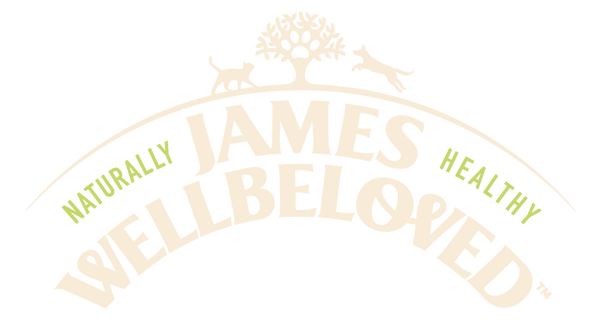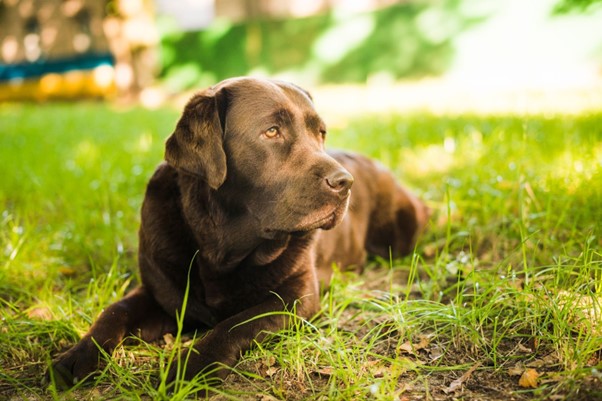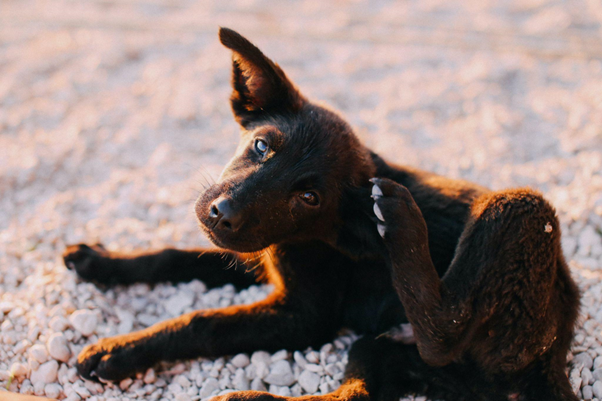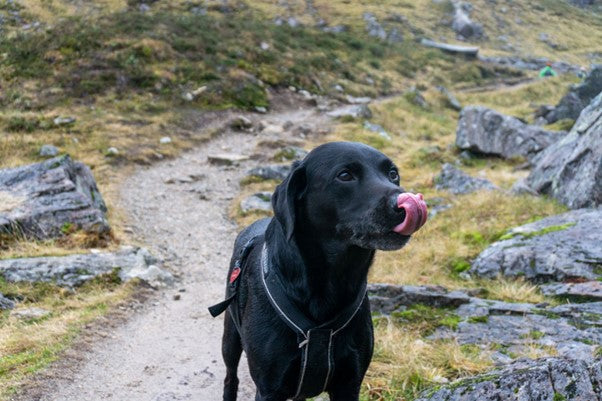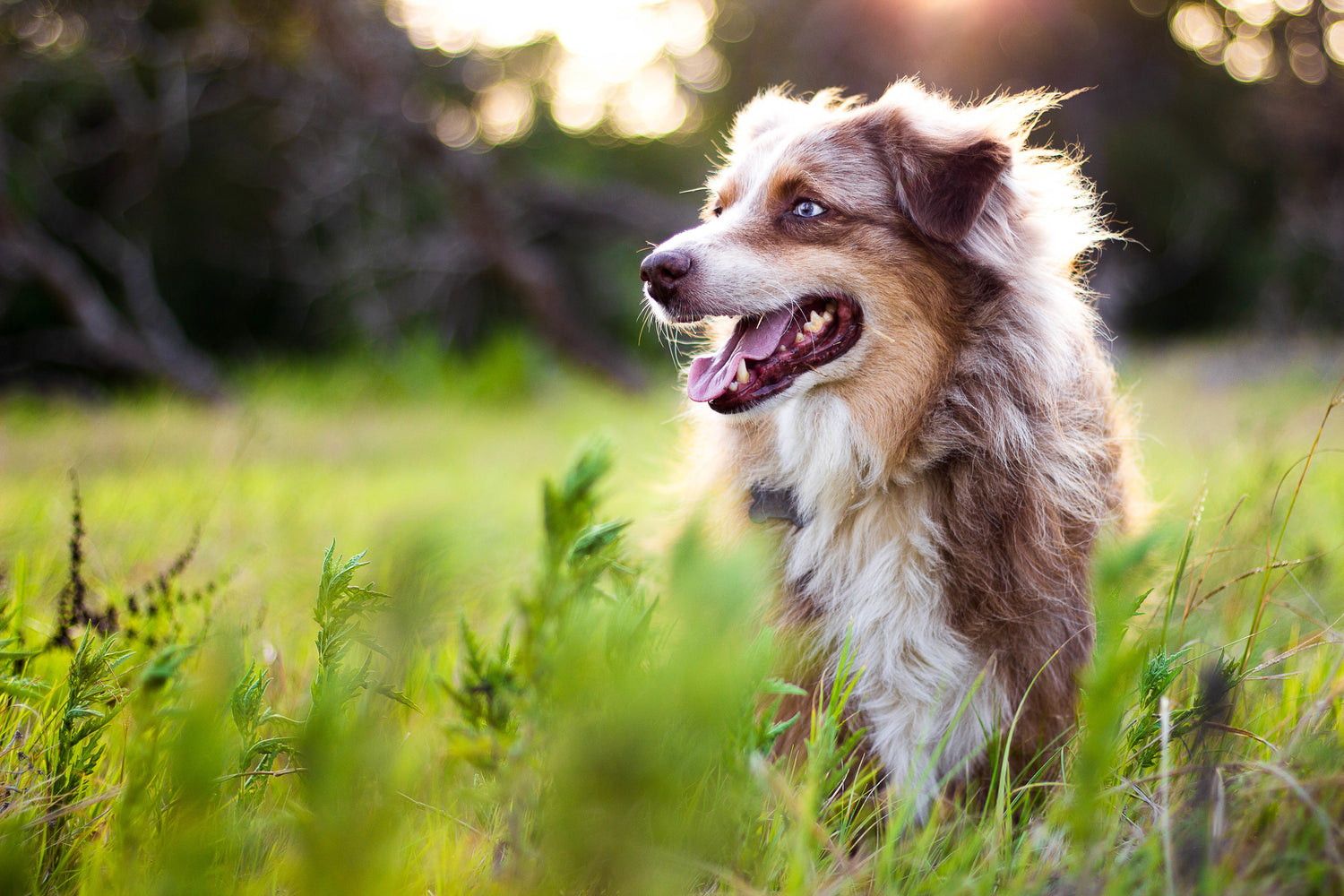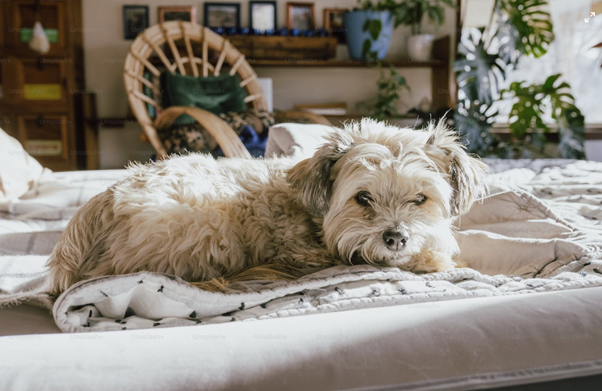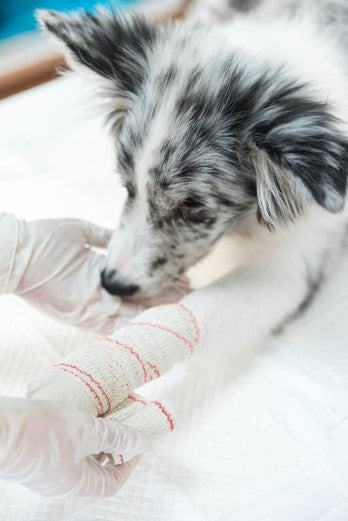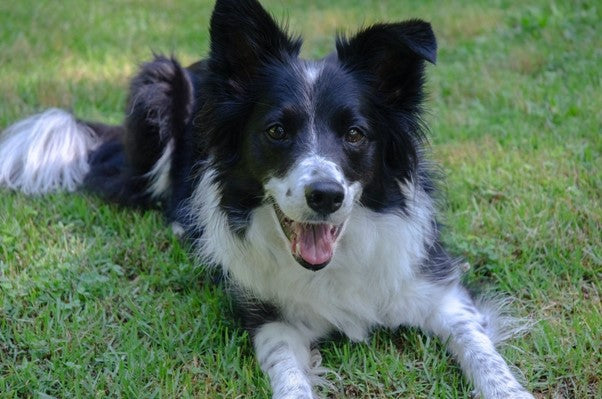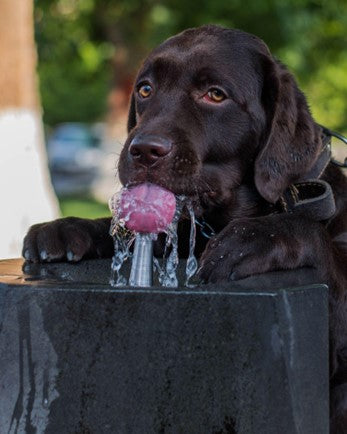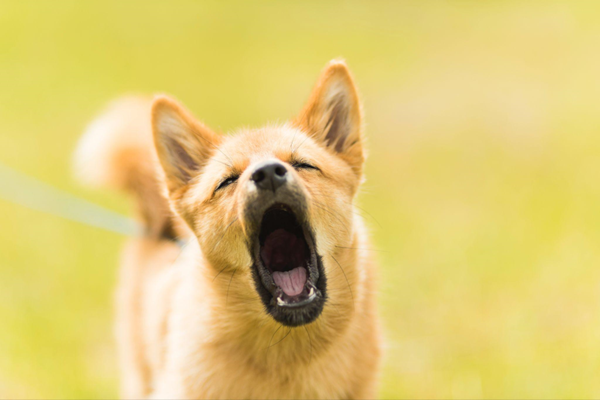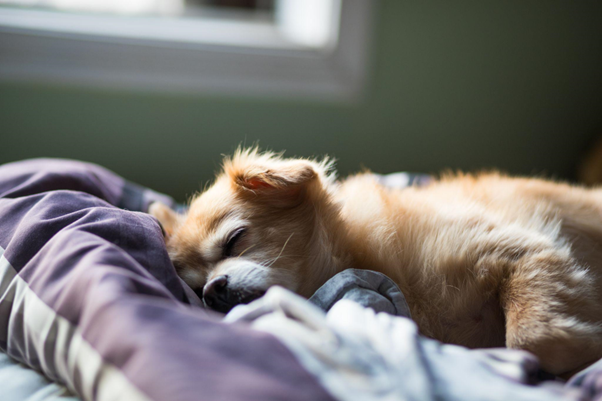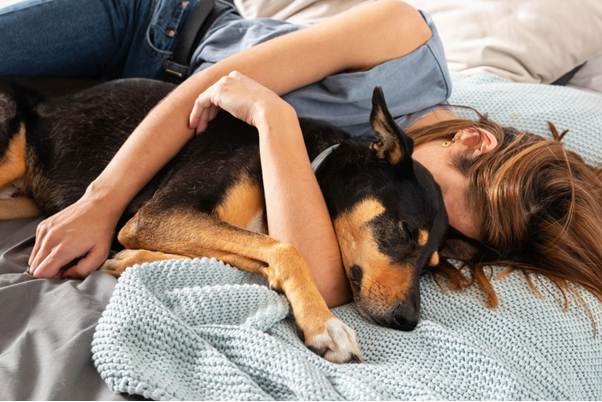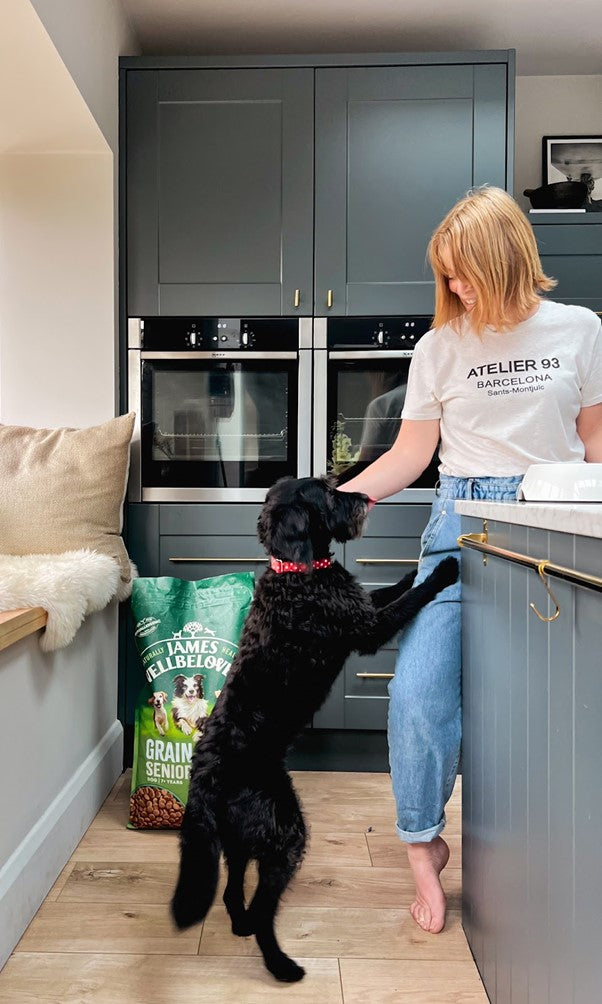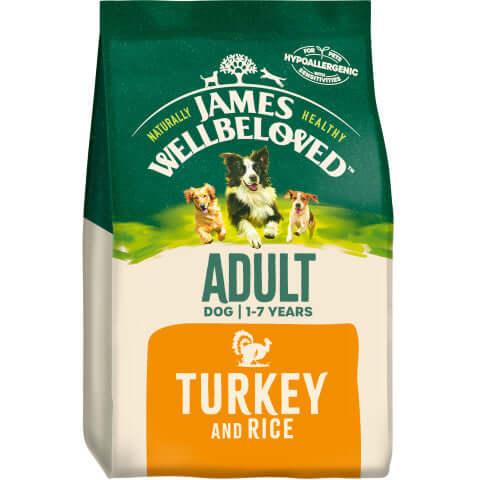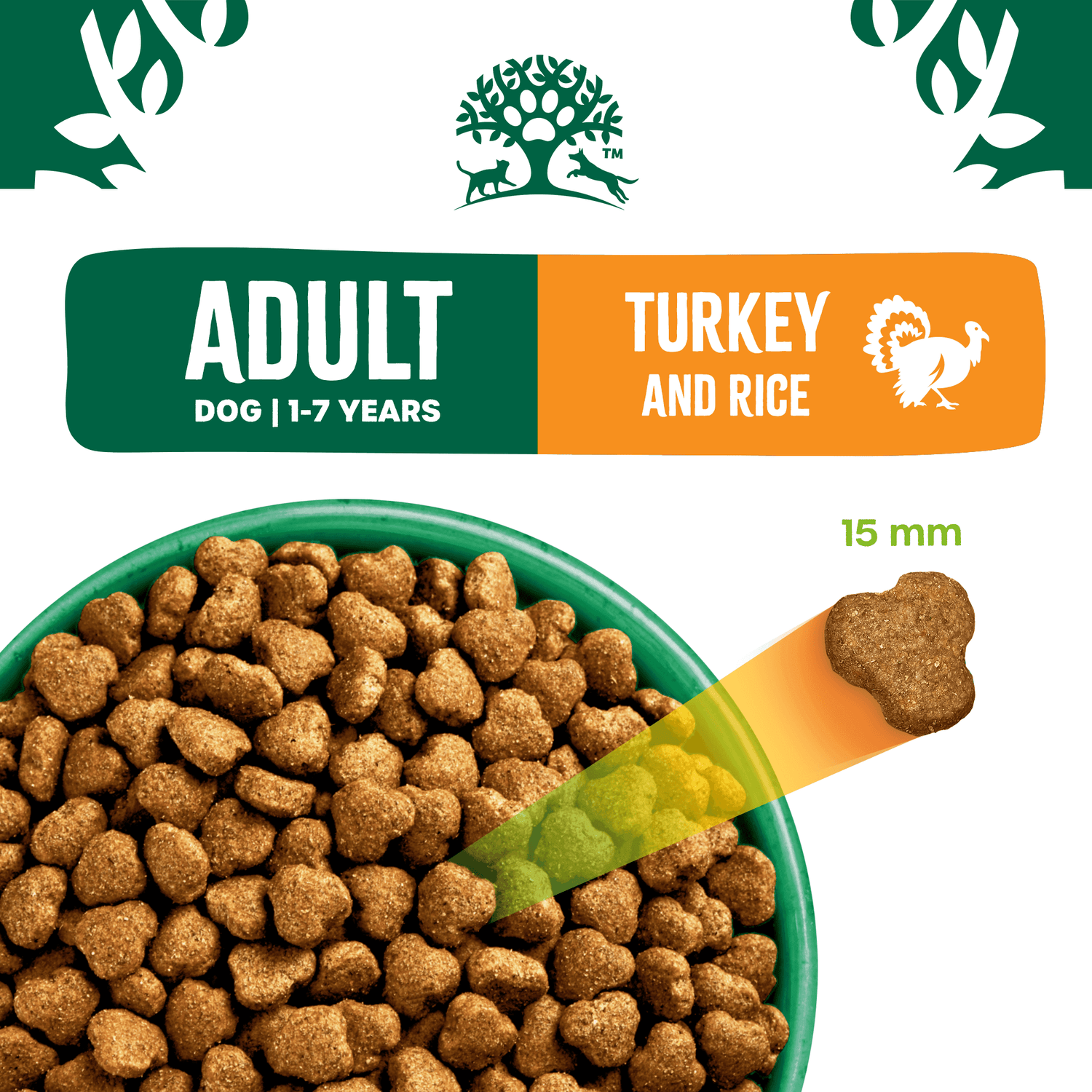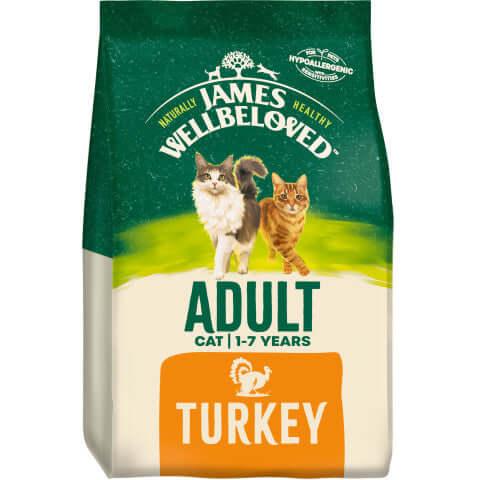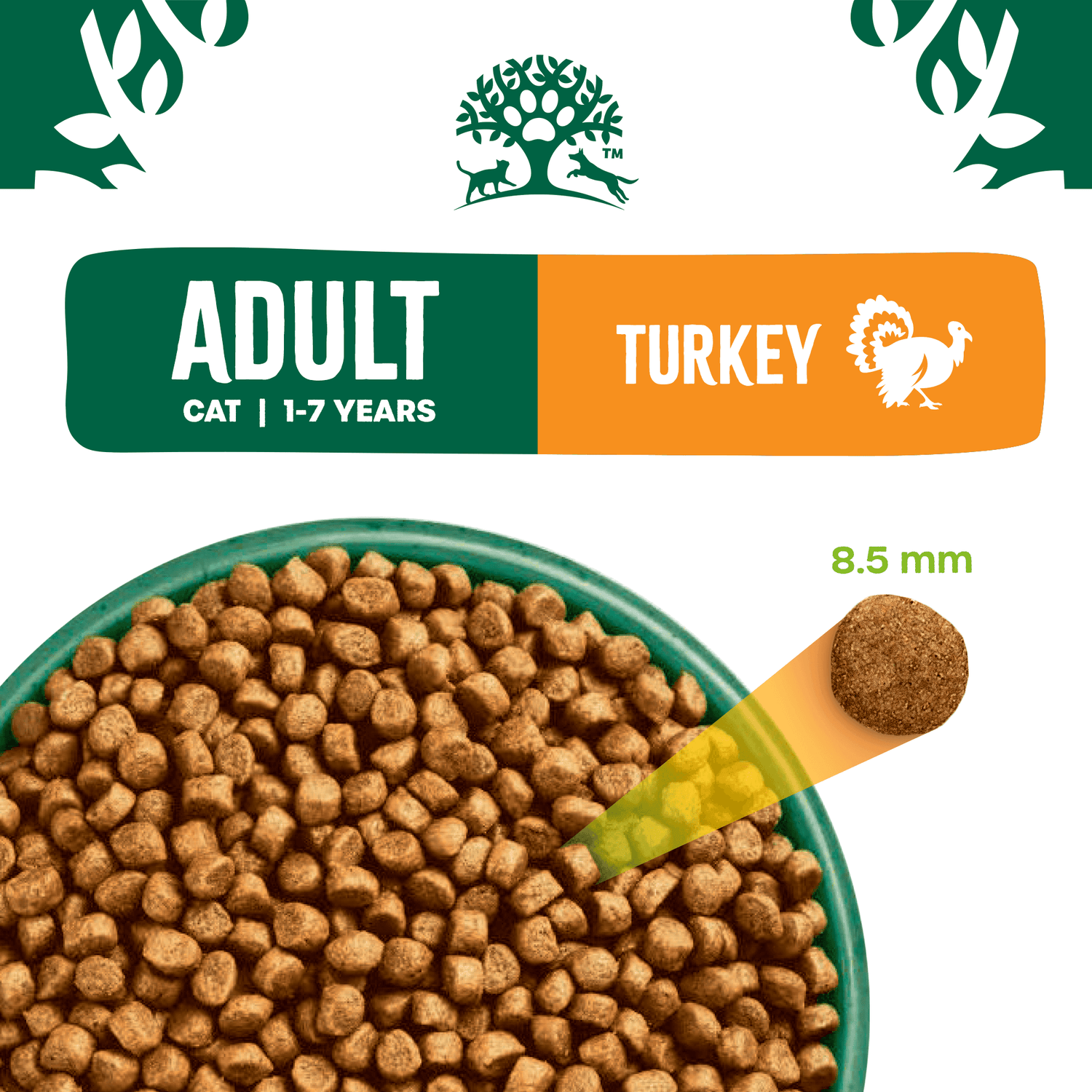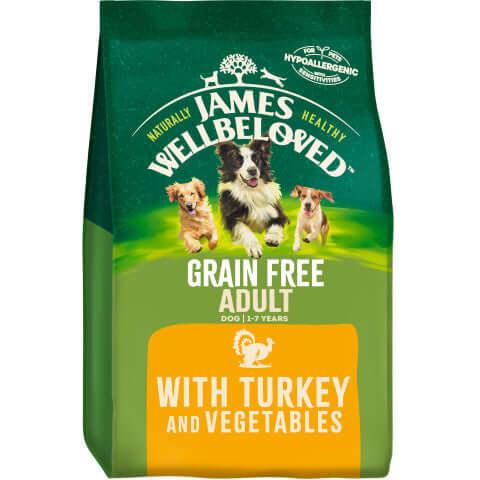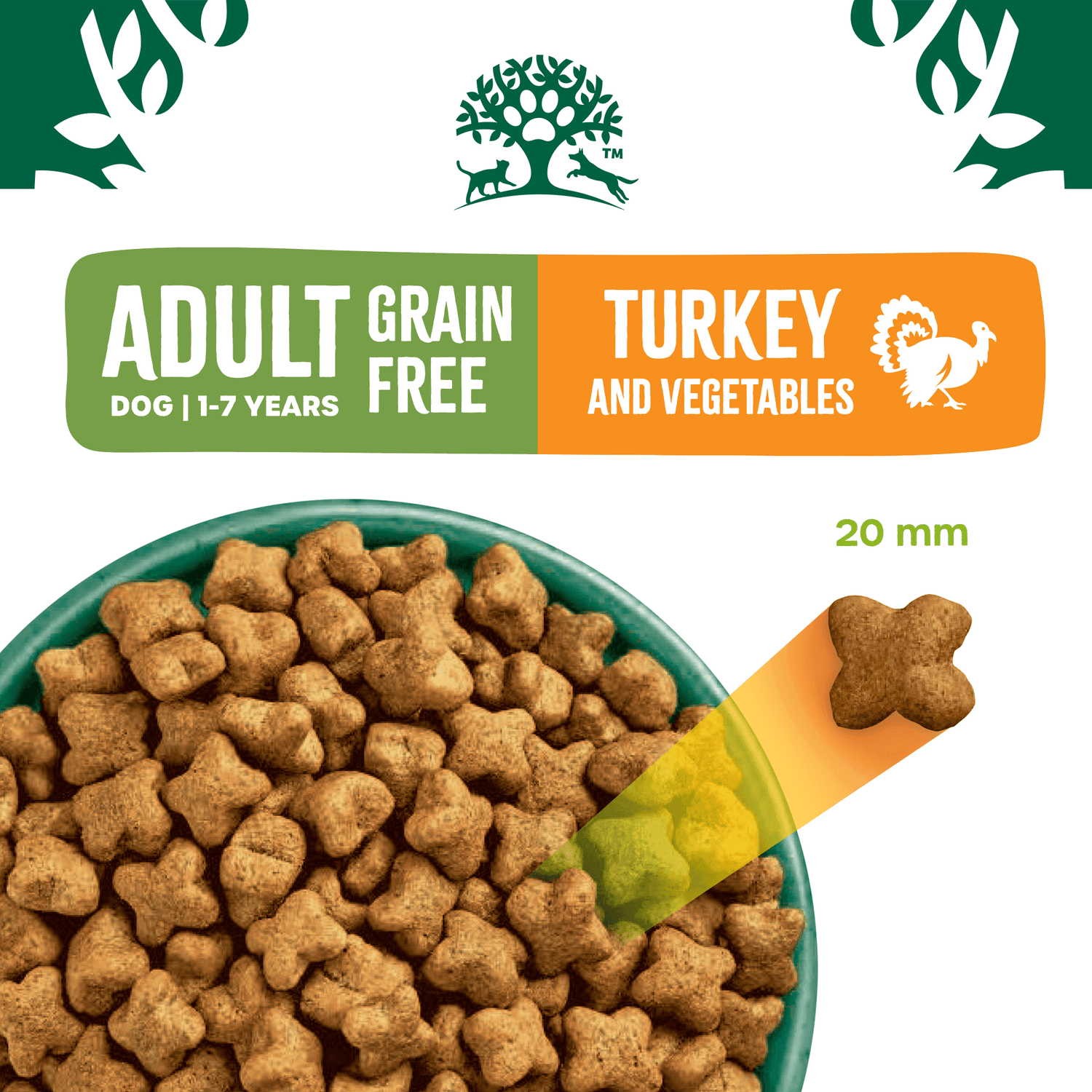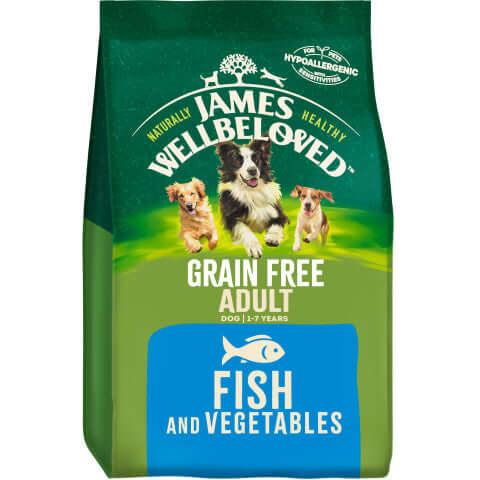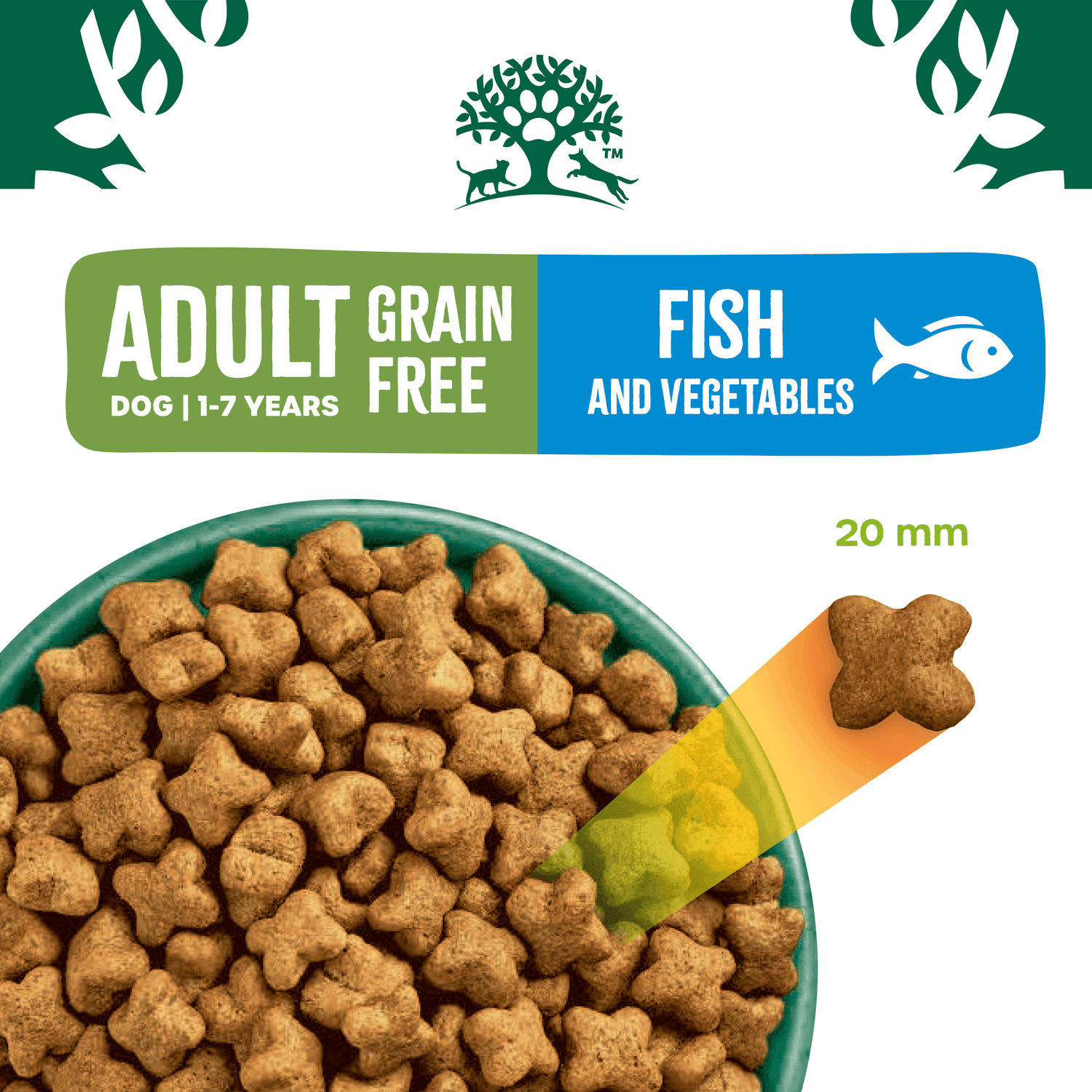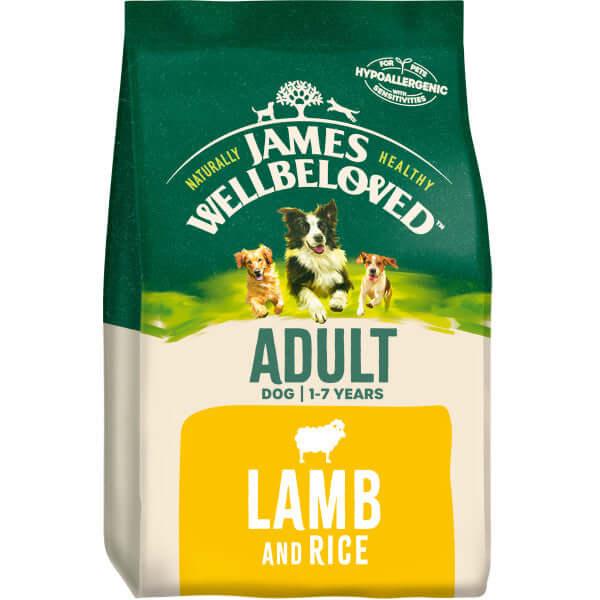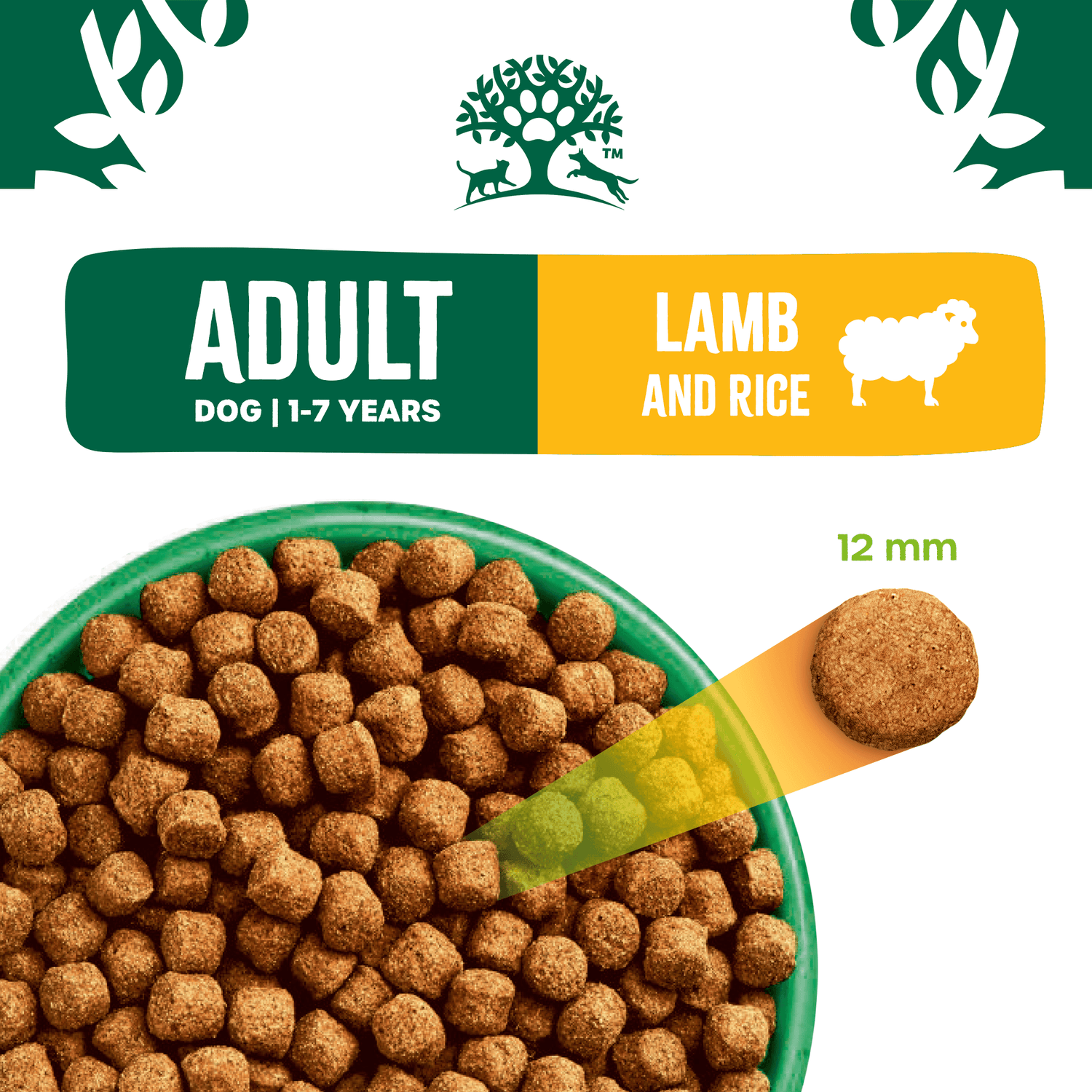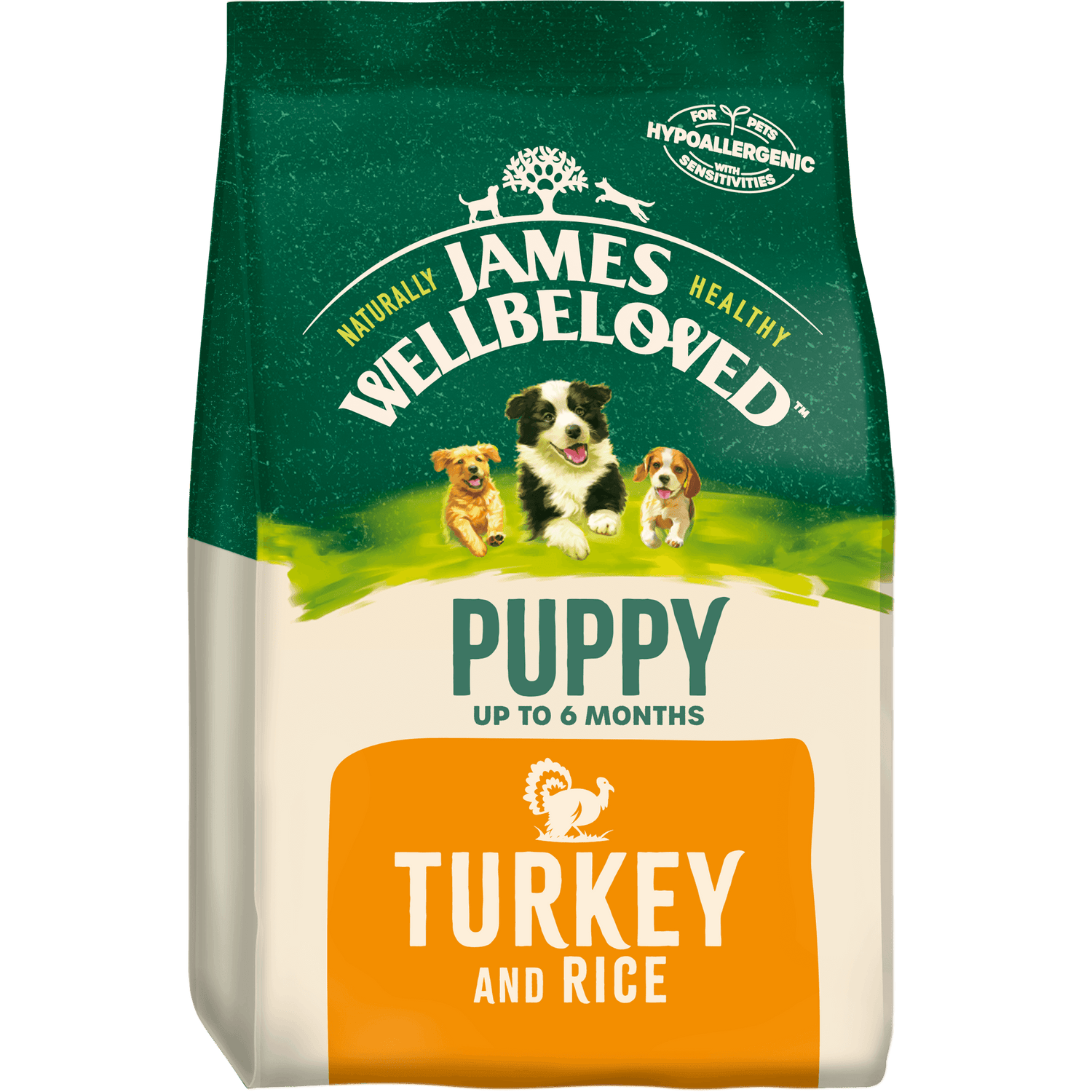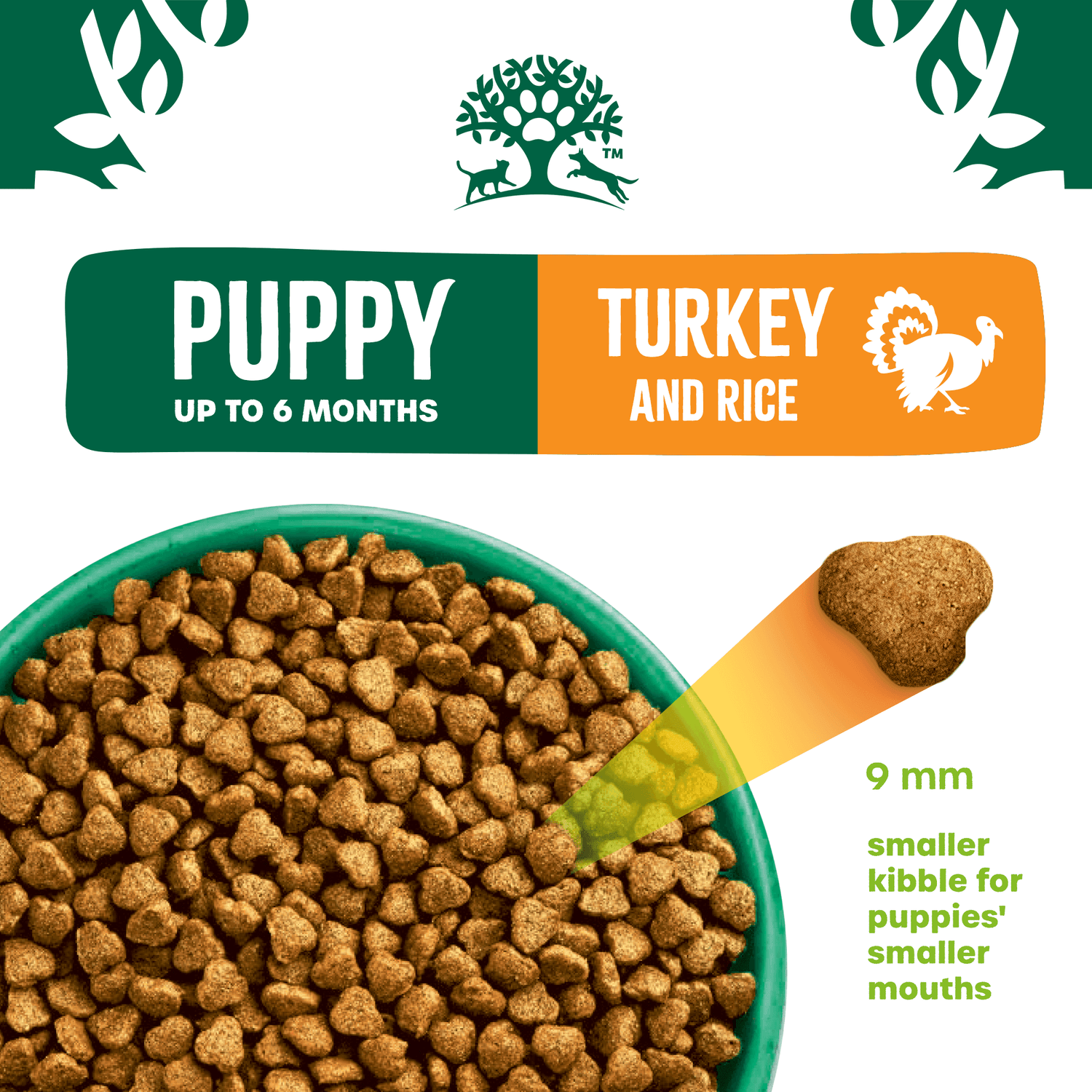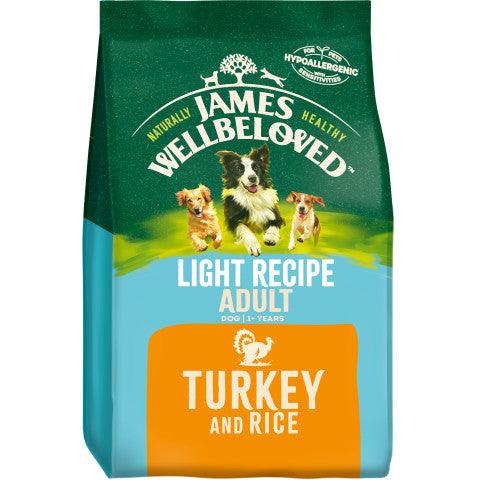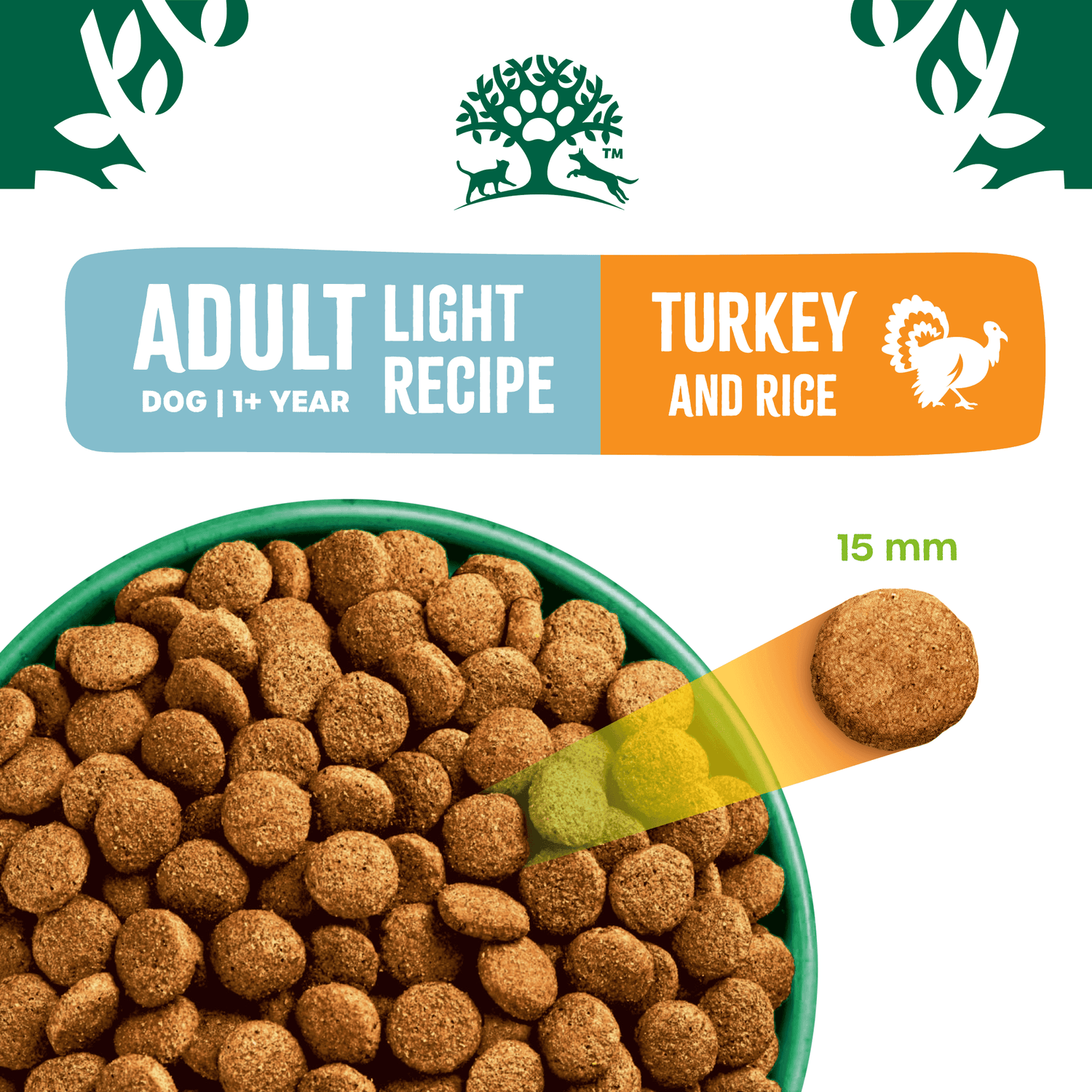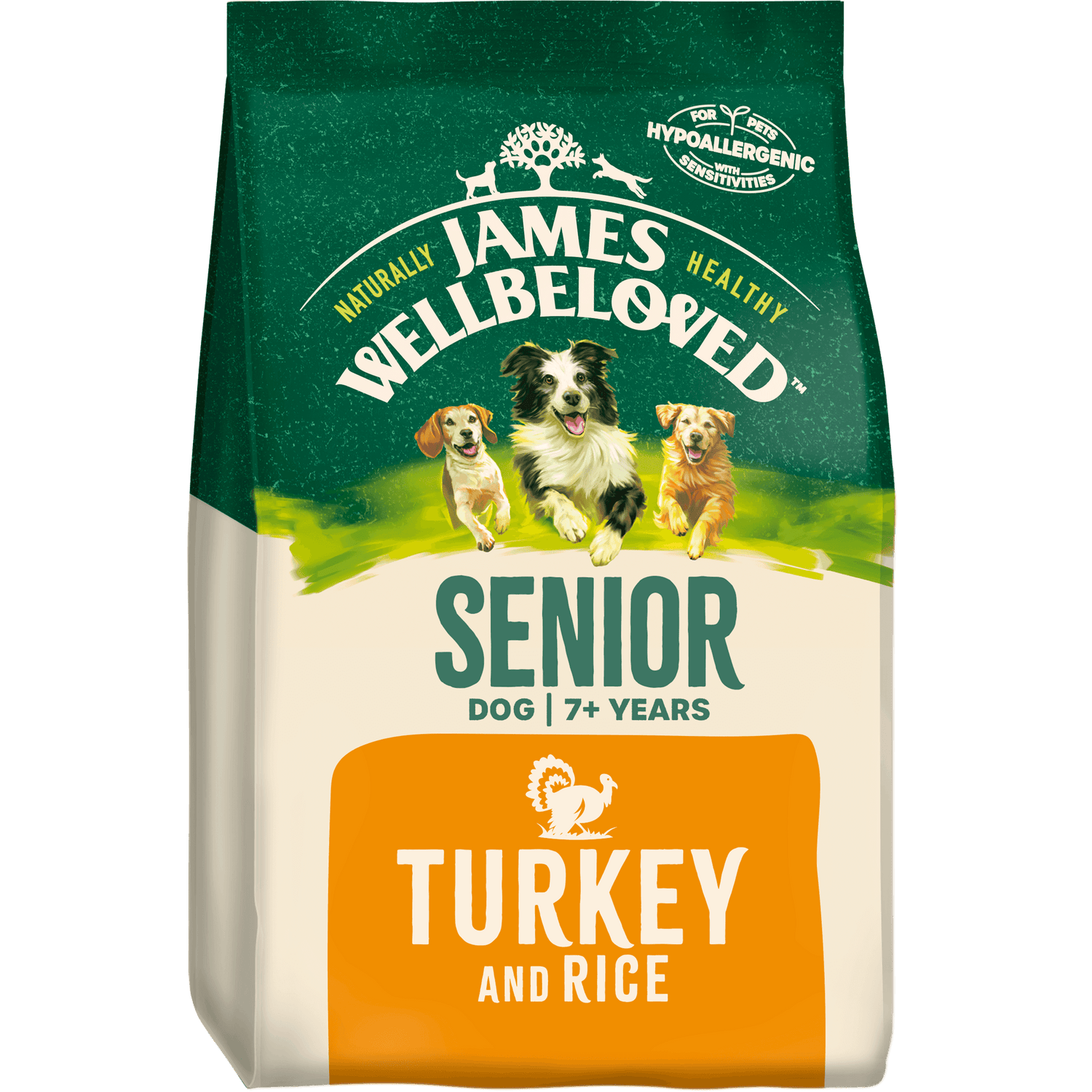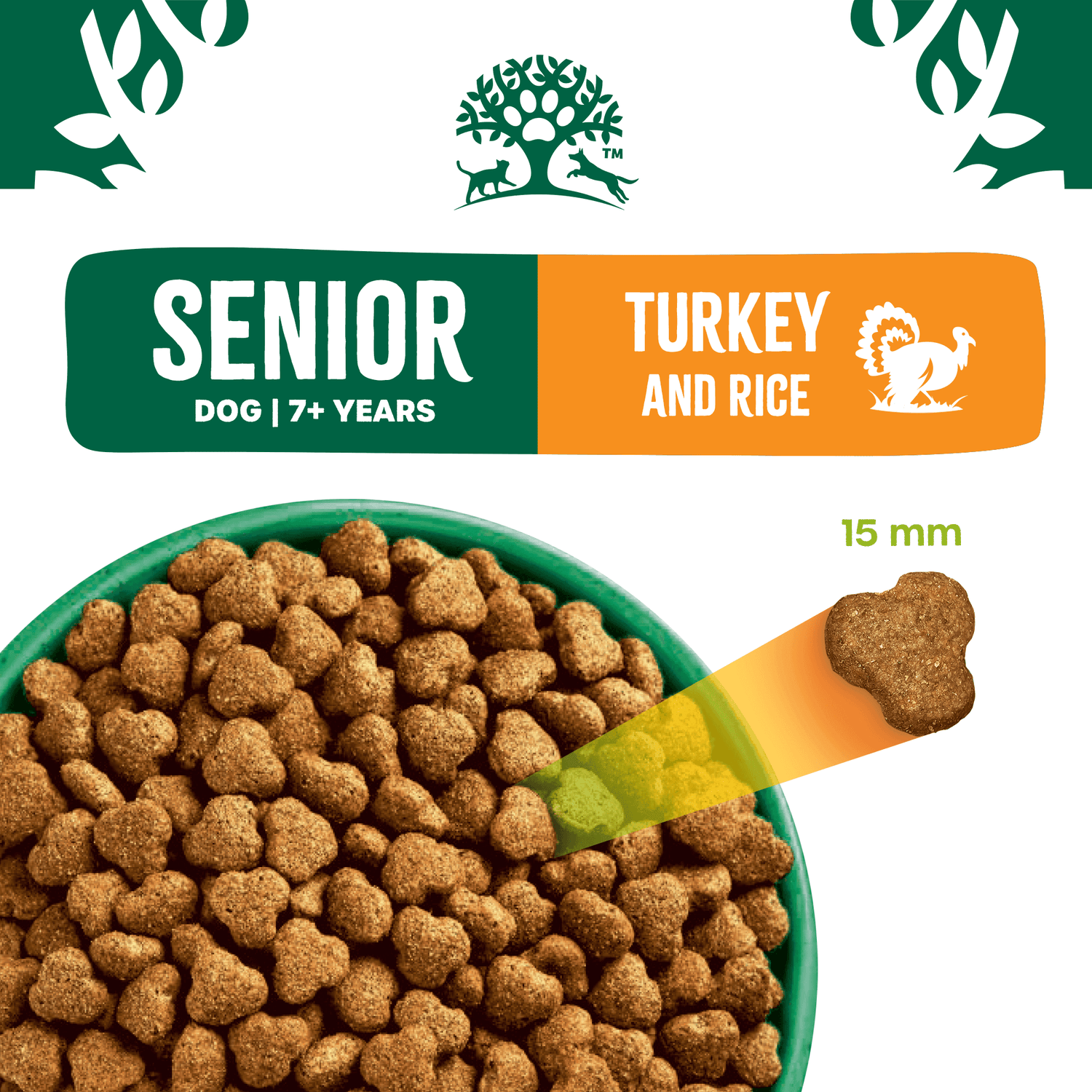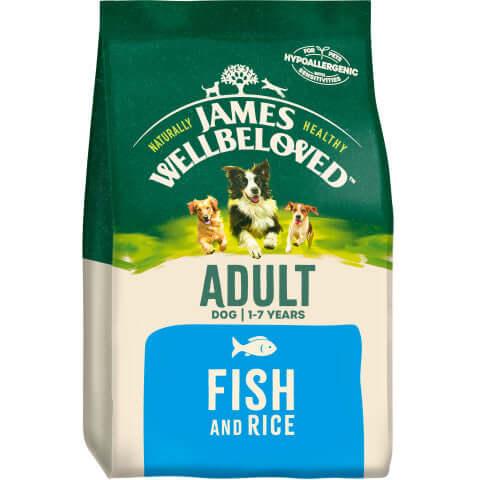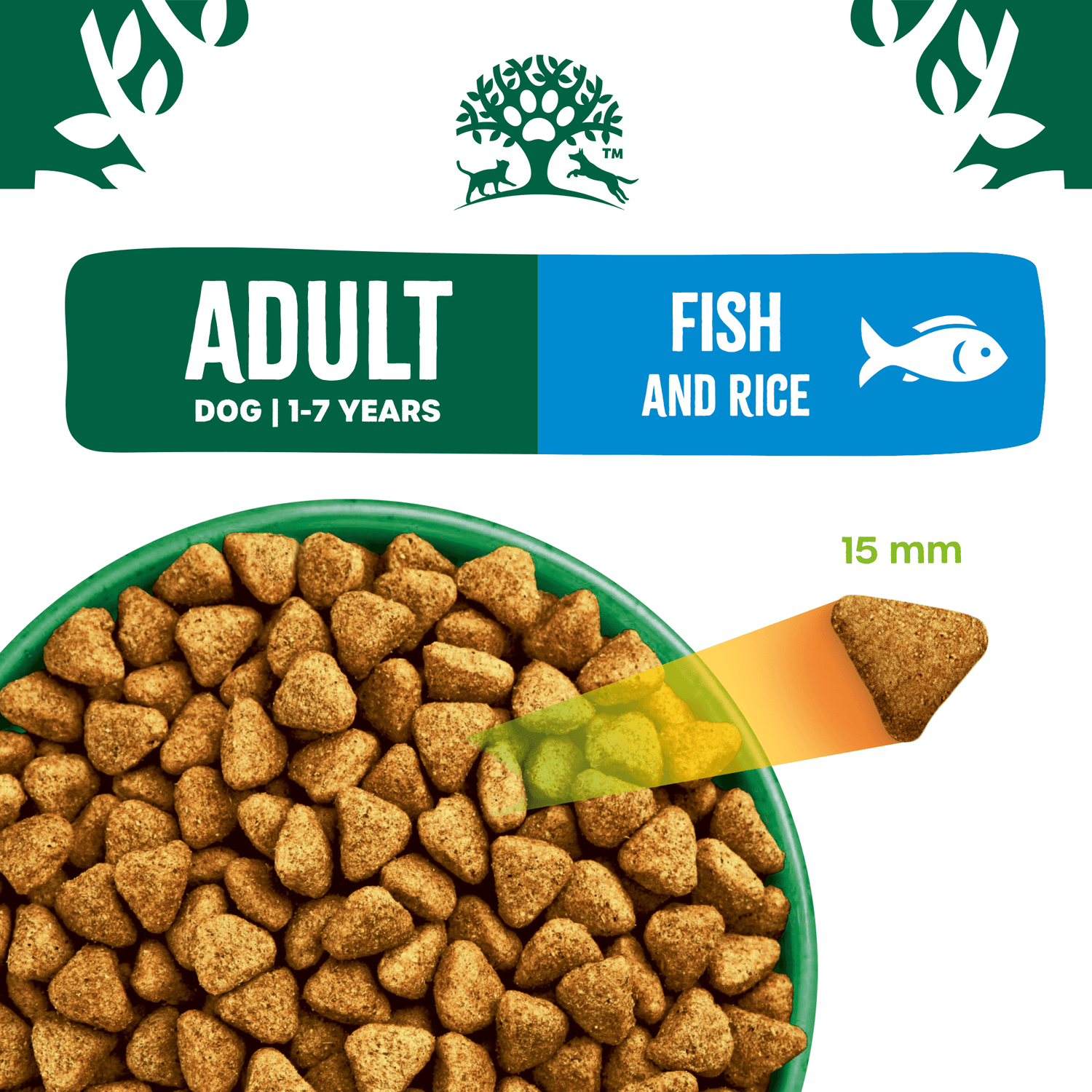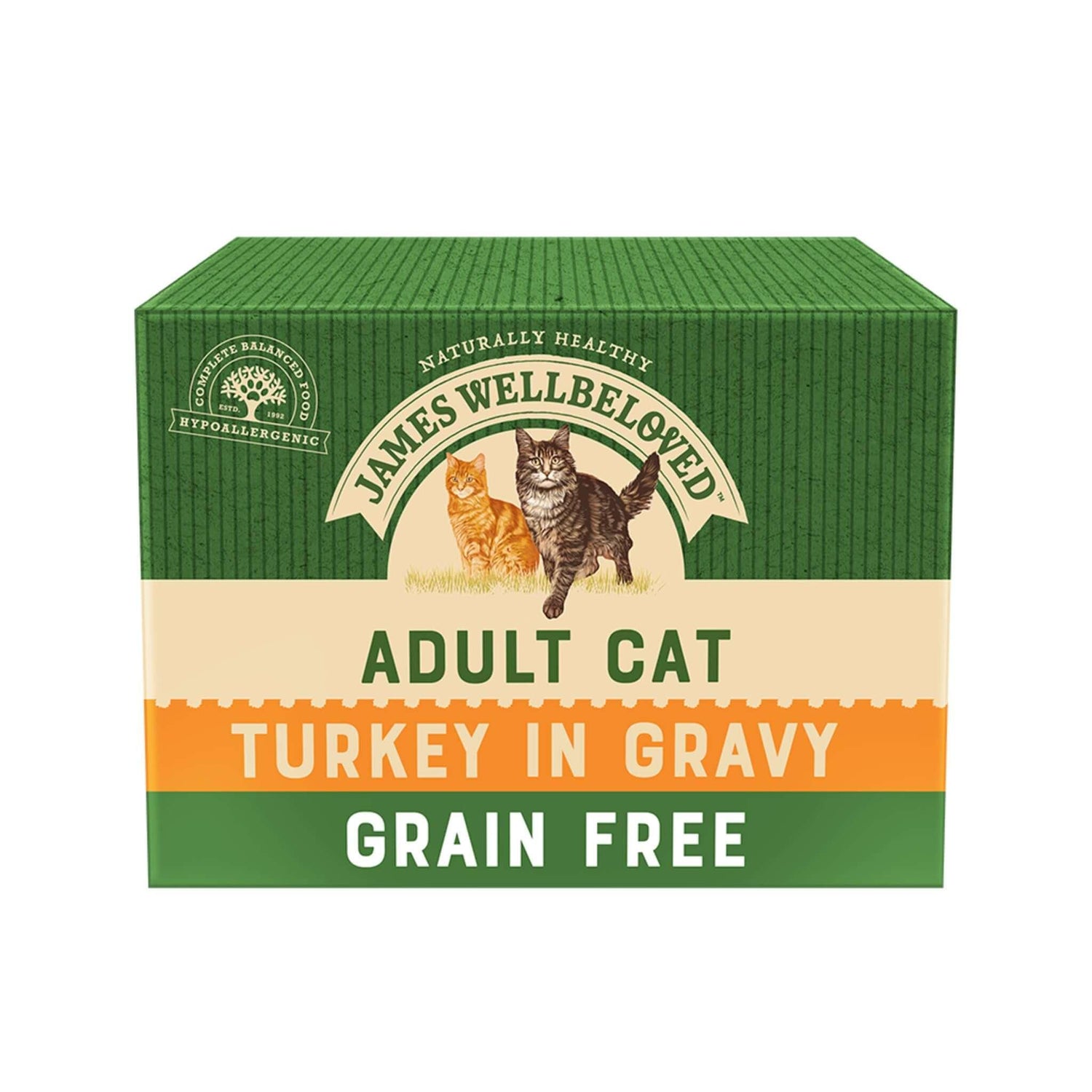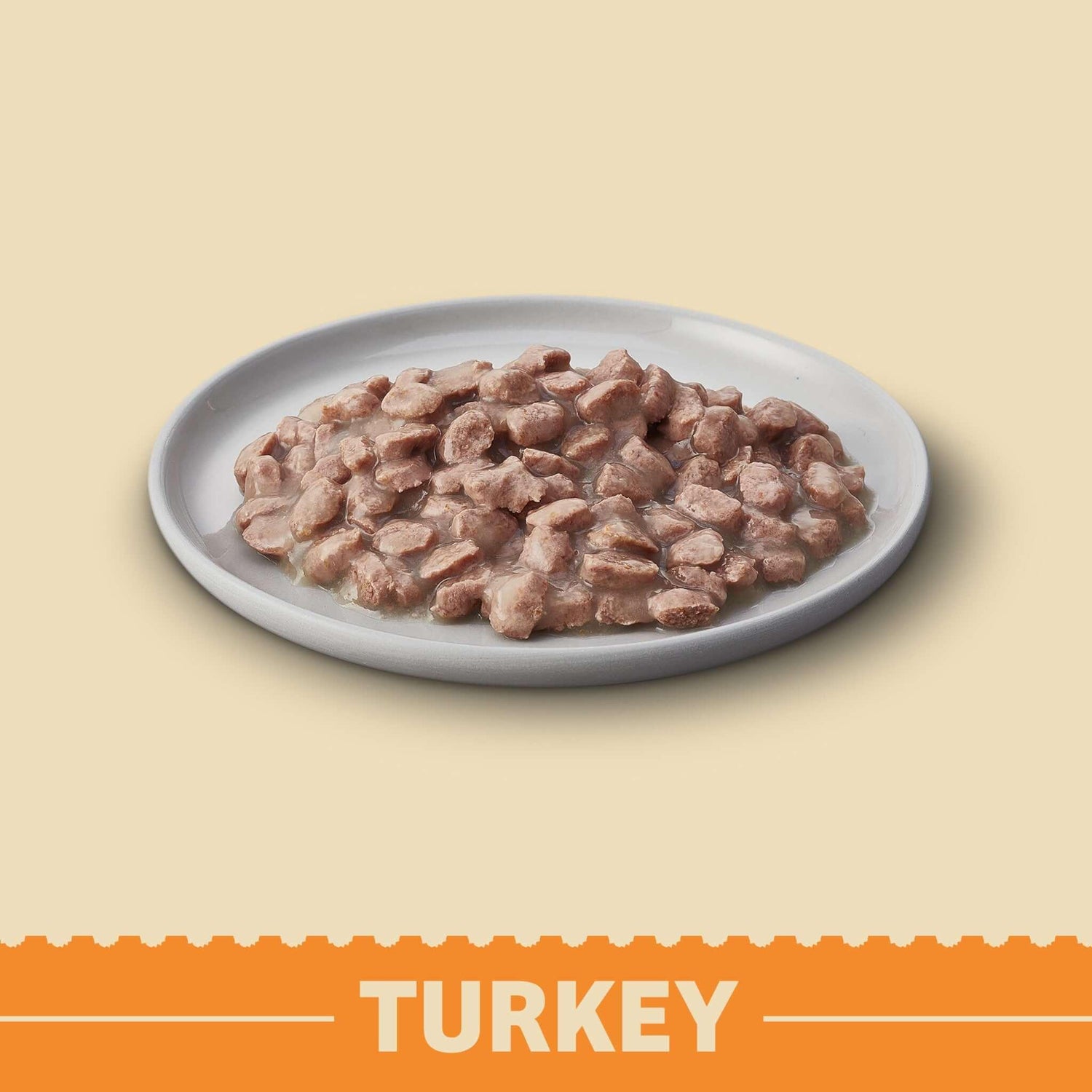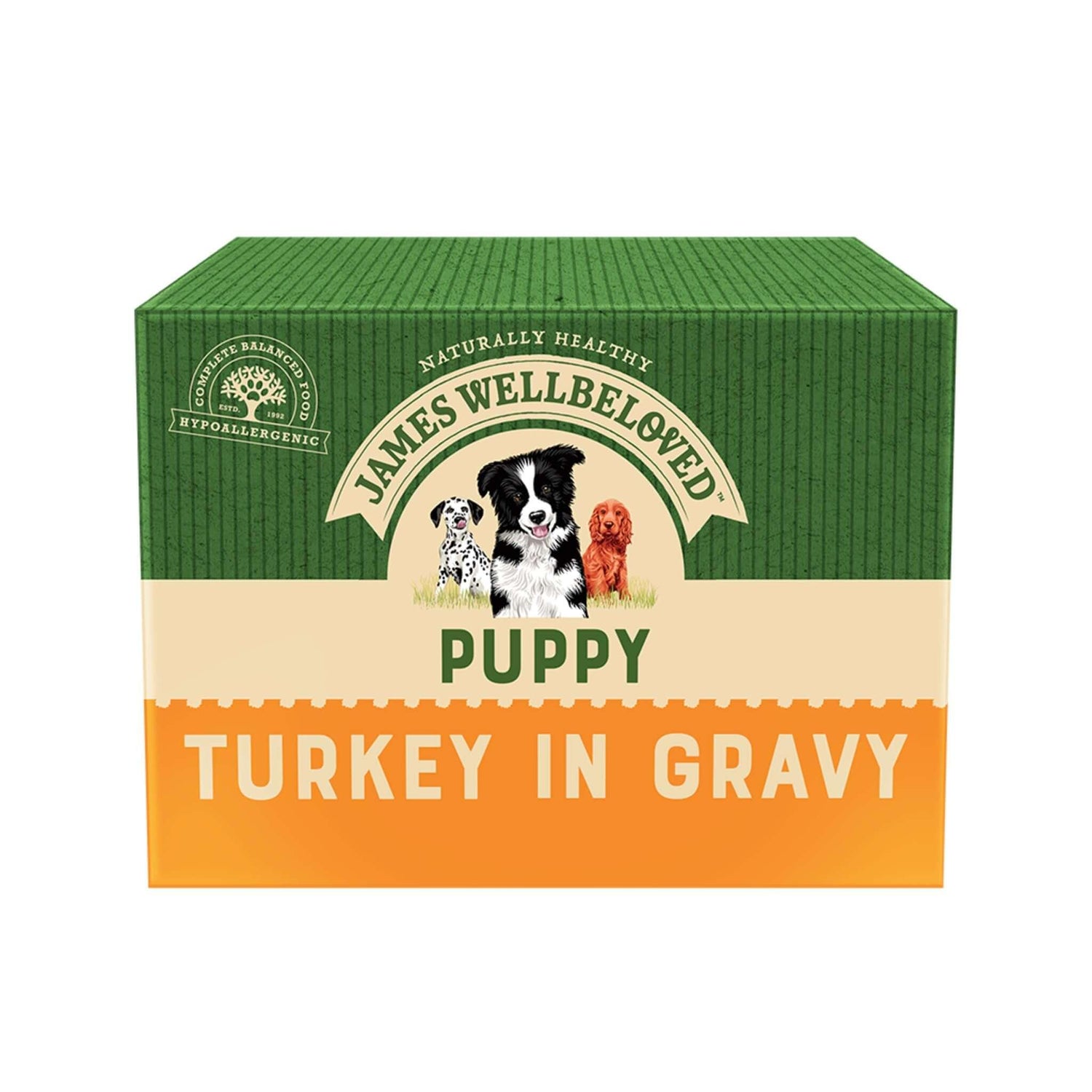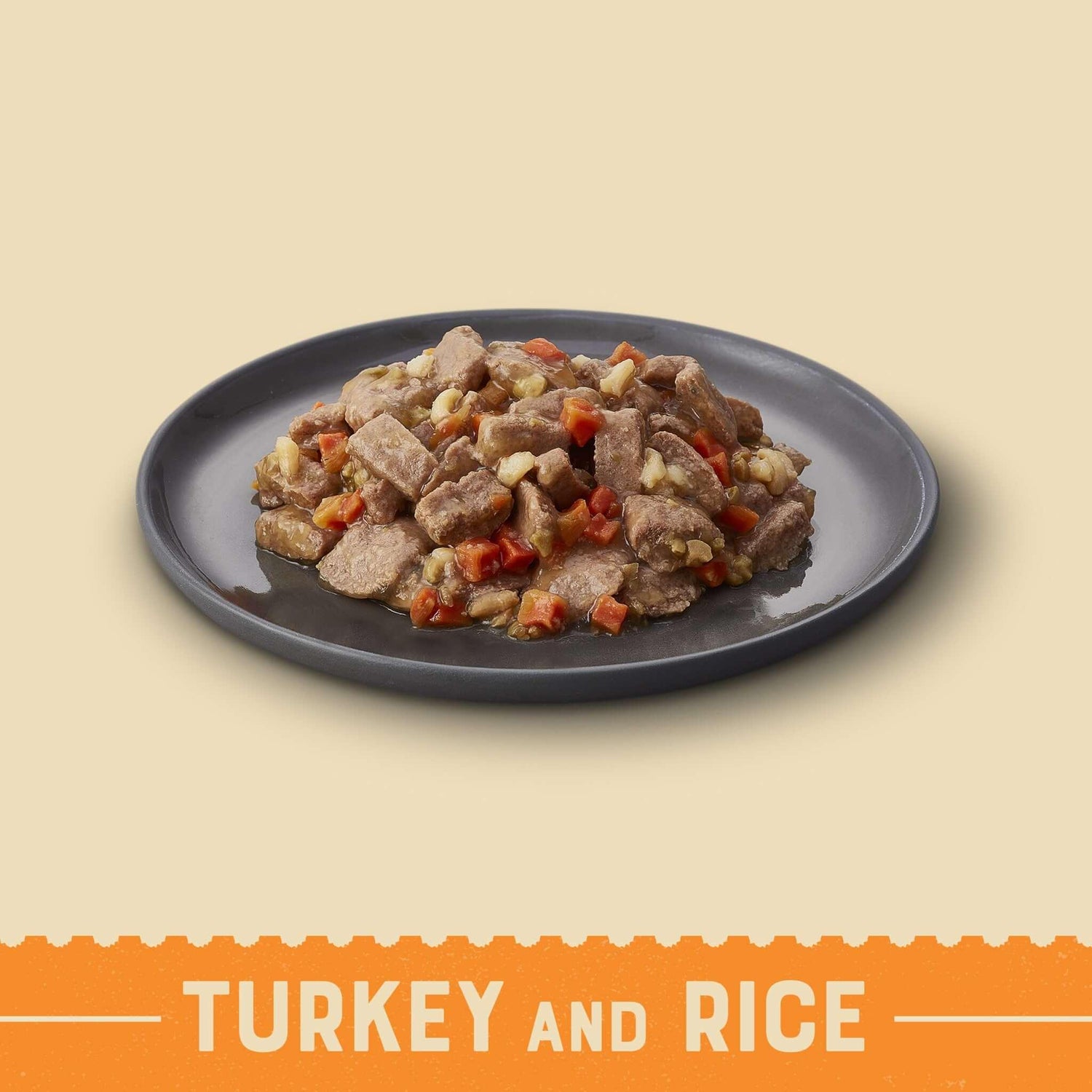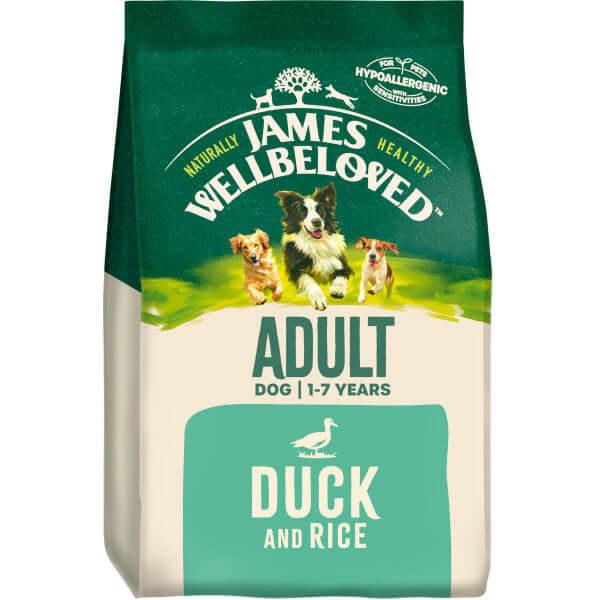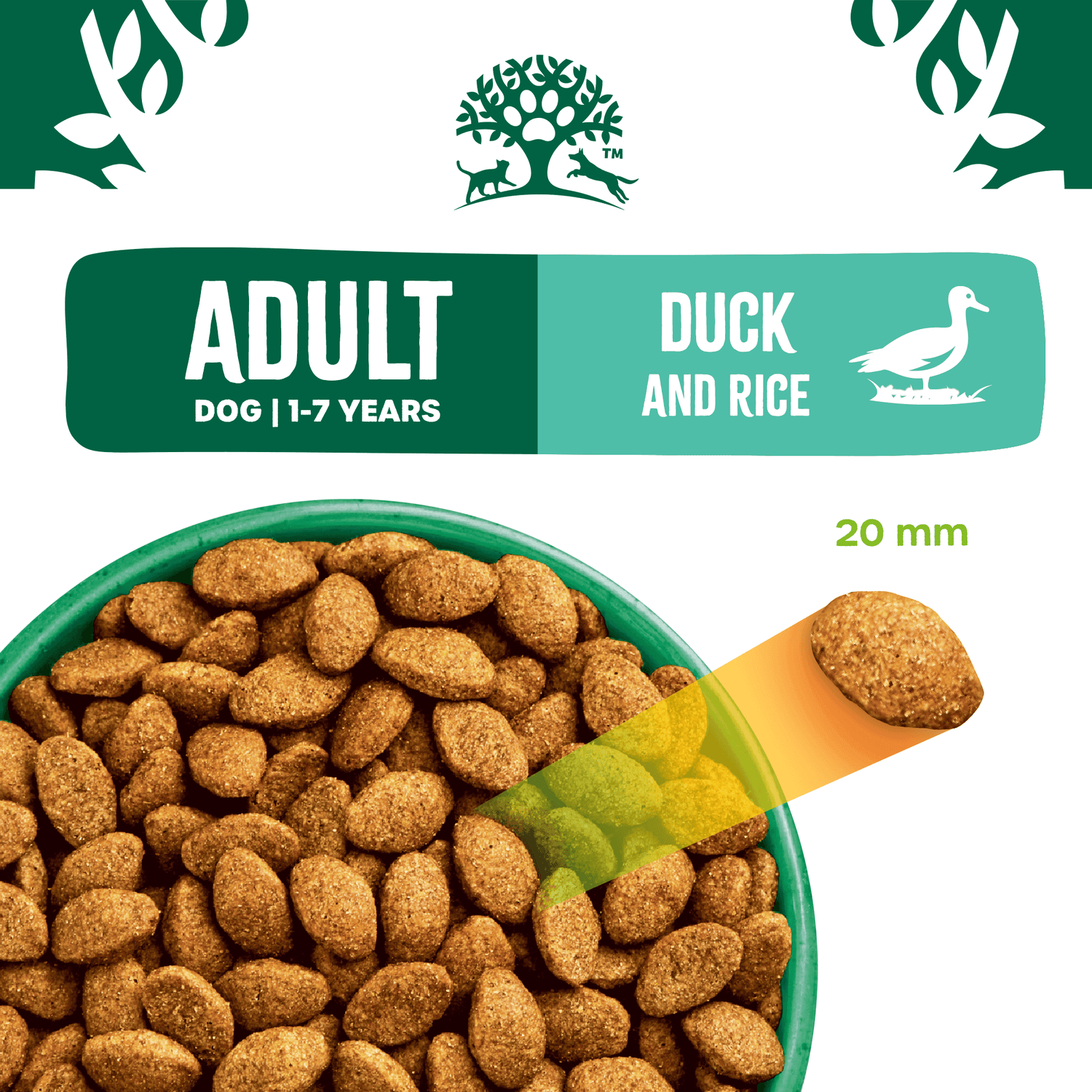While dog dandruff, also referred to as seborrheic dermatitis, is a common skin problem in dogs, seeing white flakes in your dog’s coat is not ideal. However, as long as the dandruff is only occasional and not severe, the problem is entirely manageable. In this article, we help dog owners understand what causes dandruff in dogs, what the symptoms are, and how to manage it. In some cases, severe and persistent dandruff can be due to an underlying cause, which is why it’s essential for dog owners to properly inform themselves on dog dandruff and know when veterinary assistance may be necessary.
What can cause a dog to have dandruff?
There are different factors that can cause dandruff in dogs. Besides dry skin, dog dandruff can also be as a result of a nutritional problem from an unbalanced diet, improper grooming routine, skin infections, external parasites or seasonal, environmental and food allergies. Certain underlying medical conditions can also cause dog dandruff, such as bacterial or fungal infections or hormonal imbalances.
It’s important to note that there are two types of dog dandruff: dry (seborrhea sicca) and oily (seborrhea oleosa), and dogs can also suffer from both at the same time. Dogs have sebaceous glands which produce sebum - an oily substance to moisturise their skin and coat. An imbalance of sebum production can cause dandruff.
Some dogs produce too much oil, and others produce too little oil. Senior dogs also produce less oil as they age, contributing to dry skin and dandruff, whilst puppy dandruff can occur because of their rapidly changing hormone levels. Also, dogs with a double coat or a dense coat like a Labrador are more prone to dandruff if their coat is not properly groomed, as this may trap dead skin cells.
Dandruff can manifest in dogs in several ways, including dry, flaky and itchy skin. This can lead to persistent scratching, in which case your dog may also experience redness, inflammation or hair loss. Also, if your dog is biting and licking affected areas to soothe the itchiness, this can create skin lesions which are susceptible to secondary infections and may exacerbate skin problems.
Below are some common causes of dandruff in dogs.
Unbalanced diet
A poor or unbalanced diet will be lacking in essential nutrients that dogs need for good skin and coat health, which can lead to dry skin and dandruff. If your dog’s dandruff persists despite a complete and balanced diet, speak to your vet about a skin and coat dietary supplement.
Allergies
Whether your dog’s allergies are caused by the season, food, or environmental factors, this can cause skin problems - including dog dandruff.
Improper grooming routine
If you’re bathing your dog too often, this can remove natural oils in their fur, and therefore lead to a dull coat, dry skin and potentially dandruff.
External parasites
If your dog is infested with fleas, mites or lice, this can cause them to scratch excessively, which may irritate their skin and potentially lead to dandruff. This is why it’s important to ask your vet to prescribe flea and tick prevention products, and use them as advised.
What are the symptoms of dandruff in dogs?
It’s important for dog owners to properly identify the signs of dandruff in puppies and dogs and distinguish it from other skin conditions. Read up on dog itching and scratching to see what else could be irritating your dog.
- Visible flakes: You may notice white, grey or yellowish flakes on your dog’s coat, usually around their neck, back and tail.How to manage dandruff in dogs?
Preventative measures can go a long way in managing dandruff in dogs. We’ve listed some tips below on how to keep your dog healthy and happy.
- Maintaining a balanced diet: By ensuring your dog has a balanced diet of high-quality dog food, you can rest assured that they are receiving essential nutrients to promote good skin and coat health. James Wellbeloved™ Dog Food has been specially formulated to support your dog’s overall health and is naturally hypoallergenic (by excluding common allergens), so makes an ideal choice for pets with sensitivities or skin allergies.
- Regular grooming: Groom your dog regularly to remove dead hair, prevent knots and matting, and distribute the natural oils in their coat. Use a brush that’s appropriate for your dog’s coat type.
- Changes to bathtime: Be careful not to overbathe your dog, as this can strip natural oils and lead to a dull coat and dry skin. Only bathe your dog as often as absolutely necessary, and always use dog-safe shampoos to cleanse and nourish your dog’s coat, as human shampoos are not suitable.
- Hydration: Make sure your dog has access to clean and fresh water at all times, as this will help nourish their skin.
Should I wash my dog if he has dandruff?
You should not wash your dog if he has dandruff as bathing your dog too often can exacerbate the problem. Only wash your dog as often as necessary, for example, if they have been playing in the mud. When you bathe your dog, use a dog shampoo formulated for dry skin, and rinse thoroughly to prevent dandruff.
An exception to this would be if your vet recommends a prescription shampoo to treat their dandruff, in which case it’s important to follow your vet’s instructions on how often to bathe your dog.
When to seek veterinary assistance?
In most cases, dog dandruff is mild and does not require veterinary assistance. However, if your dog’s dandruff is severe, has continued for a long period of time, and has not improved with the above measures, you may need to take them to the vet.
Your vet will be able to examine your dog and look for underlying conditions, disorders, parasites, or bacterial or fungal infections, and prescribe appropriate treatment depending on the cause. It’s important that you seek veterinary care for your dogs when necessary, to ensure they get the help they need.
While dandruff in dogs can be irritating for both you and your dog, it can be improved and prevented with the suggestions we’ve listed above. The key to keeping your dog’s coat healthy is a complete and balanced diet, which can reduce the likelihood of skin problems such as dandruff. James Wellbeloved™ Dog Food is made of high-quality ingredients and contains the essential vitamins and minerals your dog needs for their coat, skin and overall health.
